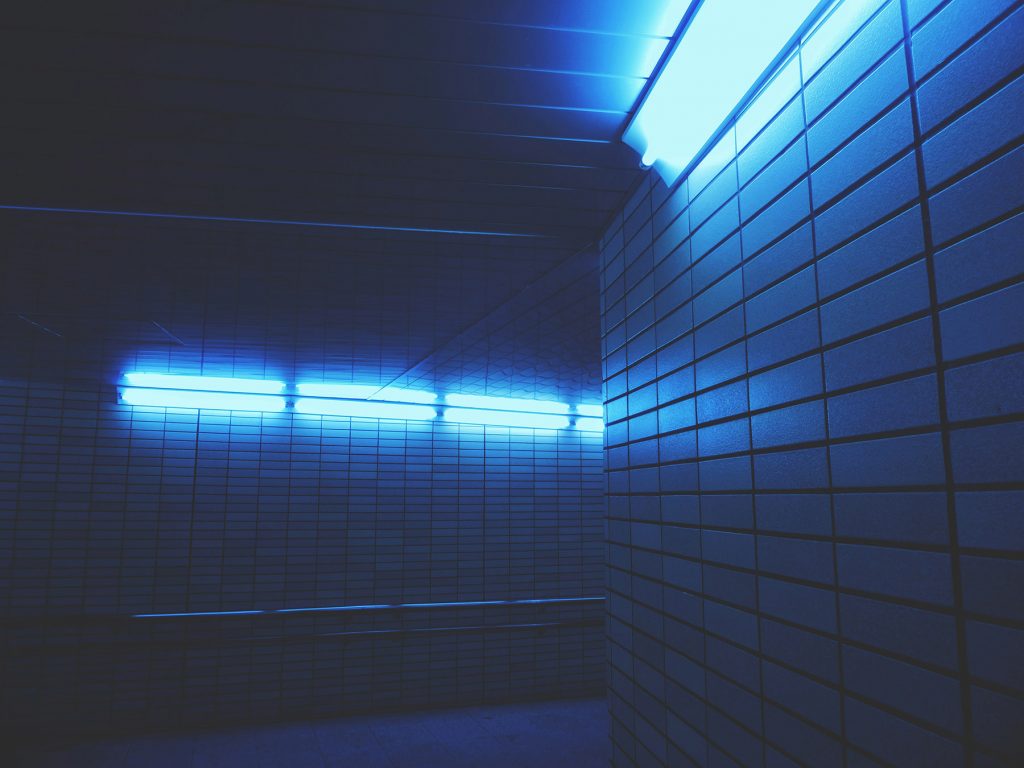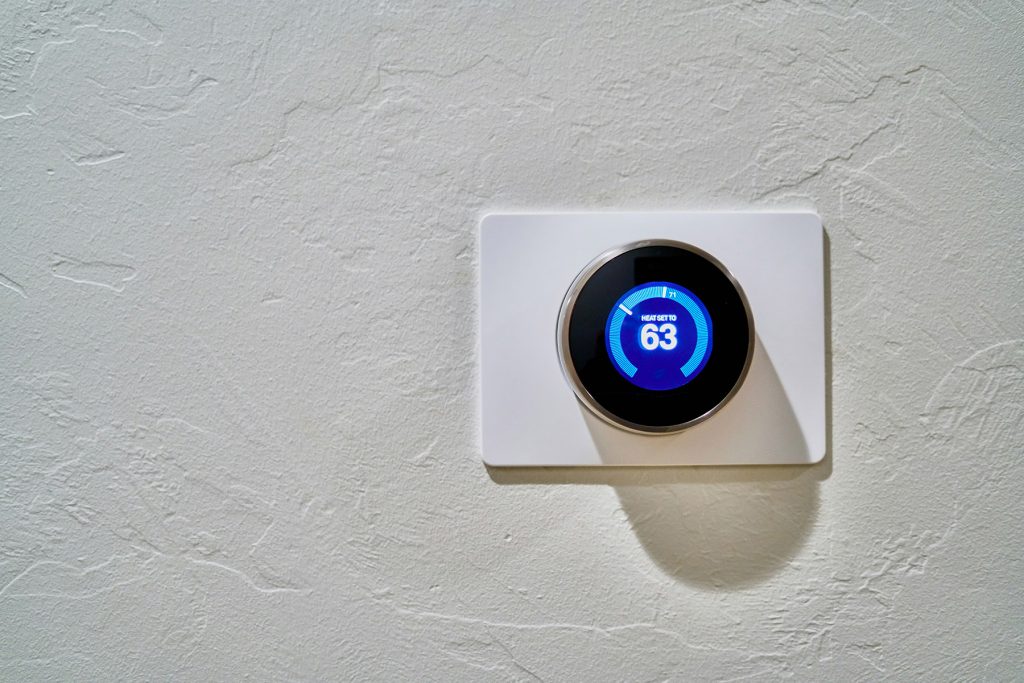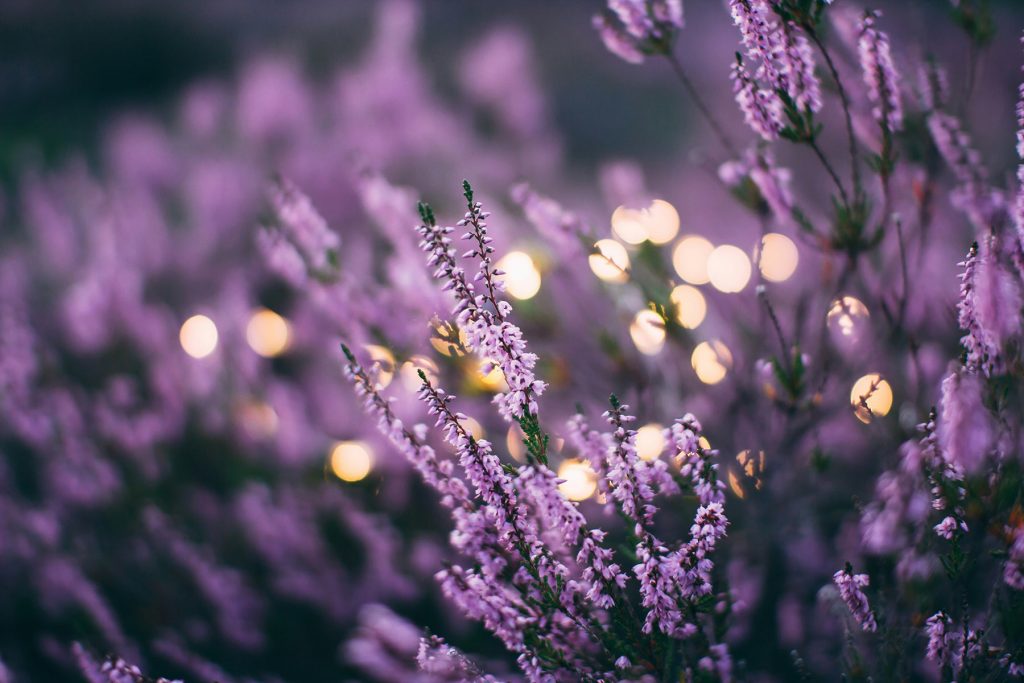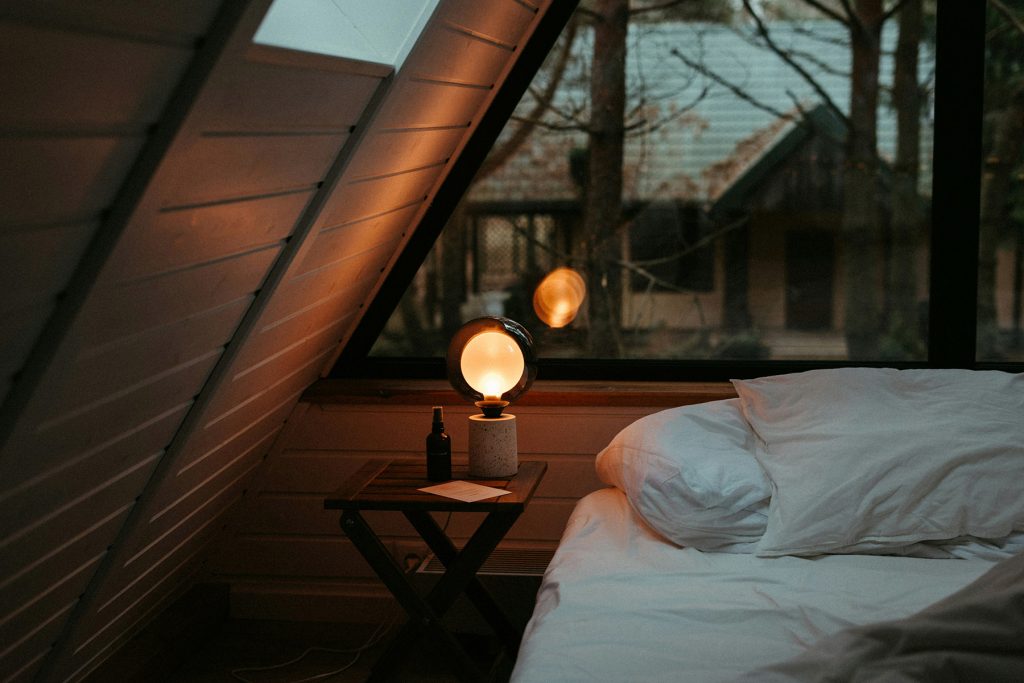Sleep Environment Optimisation
Sleep Environment Optimisation focuses on shaping your physical surroundings to support deep, uninterrupted rest. Light exposure, room temperature, air quality, noise levels, and even mattress and pillow choice all directly influence sleep quality. Small environmental changes can reduce wakefulness, improve sleep efficiency, and align your body with its natural circadian rhythms. This category isolates the core elements of your bedroom setup and addresses how to systematically refine them for maximum restorative effect.
Working night shifts or rotating schedules can greatly impact your sleep patterns and overall health. For many, the body’s internal clock, also known as the circadian rhythm, can feel disrupted, leading to difficulties in falling asleep, staying asleep, and feeling rested upon waking.
- No Comments
Find easy and practical tips for improving sleep comfort and quality during hot weather
- No Comments
Explore how aromatherapy using scents like lavender can influence relaxation and sleep
- No Comments
Actionable advice tailored to help frequent air travelers maintain good sleep habits
- No Comments
Your body runs on a 24-hour internal clock known as the circadian rhythm—a biological cycle that governs when you feel alert, sleepy, hungry, or energised. At the heart of this rhythm lies one powerful environmental cue: light.
- No Comments
Weigh the benefits and drawbacks of using smart mattress technology for sleep monitoring
- No Comments
Examine the evidence regarding whether blue light blocking glasses can effectively improve sleep
- No Comments




